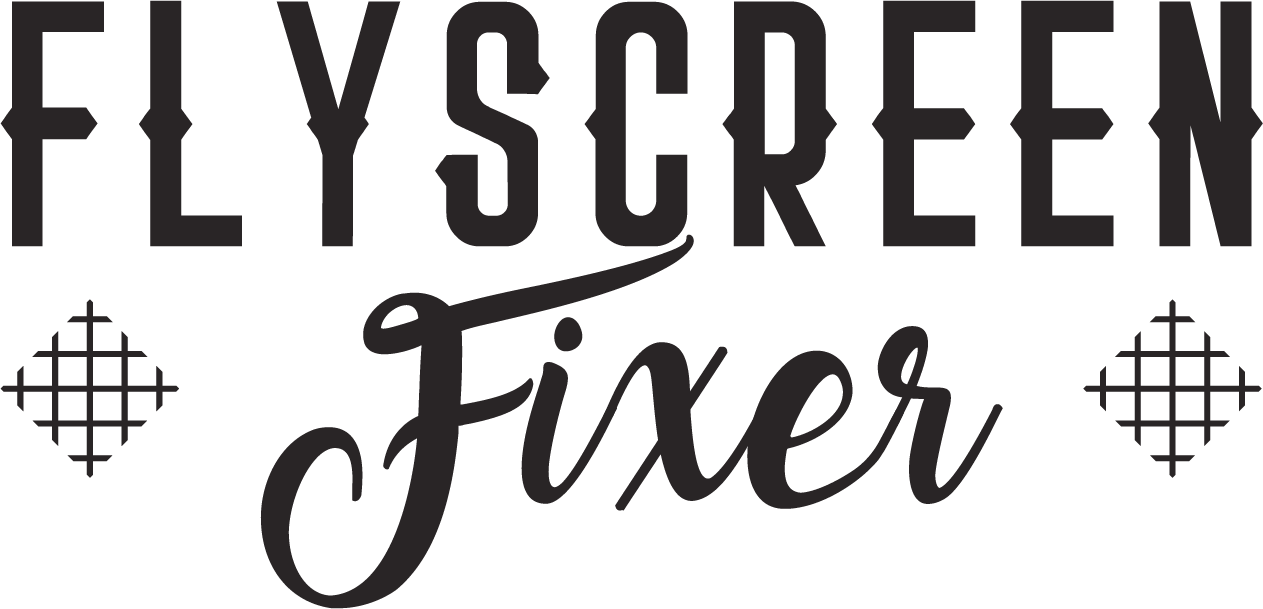Buyers Guide
Flyscreen Fixer’s Guide to Choosing the Right Insect Screens
Australia, with its unique blend of wildlife, offers residents close encounters with nature’s most fascinating creatures. However, this closeness to nature also means sharing space with less desirable guests like spiders, snakes, and various insects. While folklore and home remedies offer temporary solutions, the real defence against these intruders is a well-chosen fly screen. If you’re tired of uninvited critters disturbing your peace, this guide will navigate you through the essentials of selecting the perfect fly screen for your home.
Understanding Fly Screen Varieties
Fly screens are like the unsung heroes of our homes, quietly defending our fortresses. But not all screens are created equal. The material you choose is a game-changer, impacting everything from durability to your view of the outside world. Fly screens may appear similar at a glance, but a closer look reveals a diversity designed to meet specific homeowner needs. The choice of fly screen material is crucial, directly affecting durability, visibility, and protection. Here’s a breakdown of popular materials:
- Fiberglass: The budget friendly warrior because Fibreglass is known for its affordability, fiberglass screens offer good visibility and airflow but can be prone to tearing. Ideal for those seeking an economical option and affordable to replace when needed.
- Aluminium: Offering a step up in durability, aluminium screens withstand environmental elements better but can dent. Suitable for homes needing long-lasting solutions.
- Stainless Steel: For homes in bushfire-prone areas, stainless steel provides superior strength and fire resistance, ensuring both safety and durability.
- Solar Screens: Perfect for sunny locales, these screens block harmful UV rays and reduce heat, making them excellent for energy efficiency.
- Pet Screen: With pets in mind, these screens are made from durable vinyl-coated polyester, resisting scratches and tears from your furry friends.
- Sandfly Screen: For those near beaches, a finer mesh keeps out smaller insects, providing relief from biting midges without sacrificing airflow.
Weaving the Perfect Barrier: Choosing the Right Mesh Weave
The secret to a screen’s success? Its weave. Think of it as the screen’s DNA – the tighter the weave, the fewer the bugs that can sneak through. The effectiveness of a fly screen is determined by its mesh weave. The weave density—measured in strands per square inch—dictates both the level of insect protection and visibility. Tighter weaves block more pests but may slightly obscure your view. Consider your priorities and environment when selecting the weave.
Assessing the Value of Fly Screens
In the Australian context, where wildlife often seeks refuge in human habitats, fly screens are not just a convenience but a necessity. They offer a barrier against insects while allowing you to enjoy the beauty of your surroundings and the comfort of a breeze. The right fly screen brings peace of mind, protecting your home from pests and enhancing your quality of life.
Flyscreen Fixer is your trusted partner in selecting and installing the ideal insect screen solution for your home. Our expertise ensures that your space remains comfortable, protected, and bug-free, no matter the season. Explore our range and services today and take the first step towards a serene and insect-free home environment.
Where to Find Your Ideal Fly Screen
Flyscreen Fixer stands ready to guide you through the selection and installation process, offering personalized service to match your specific needs. While DIY options exist, professional installation ensures a perfect fit and lasting performance, saving you time and potential hassle.
